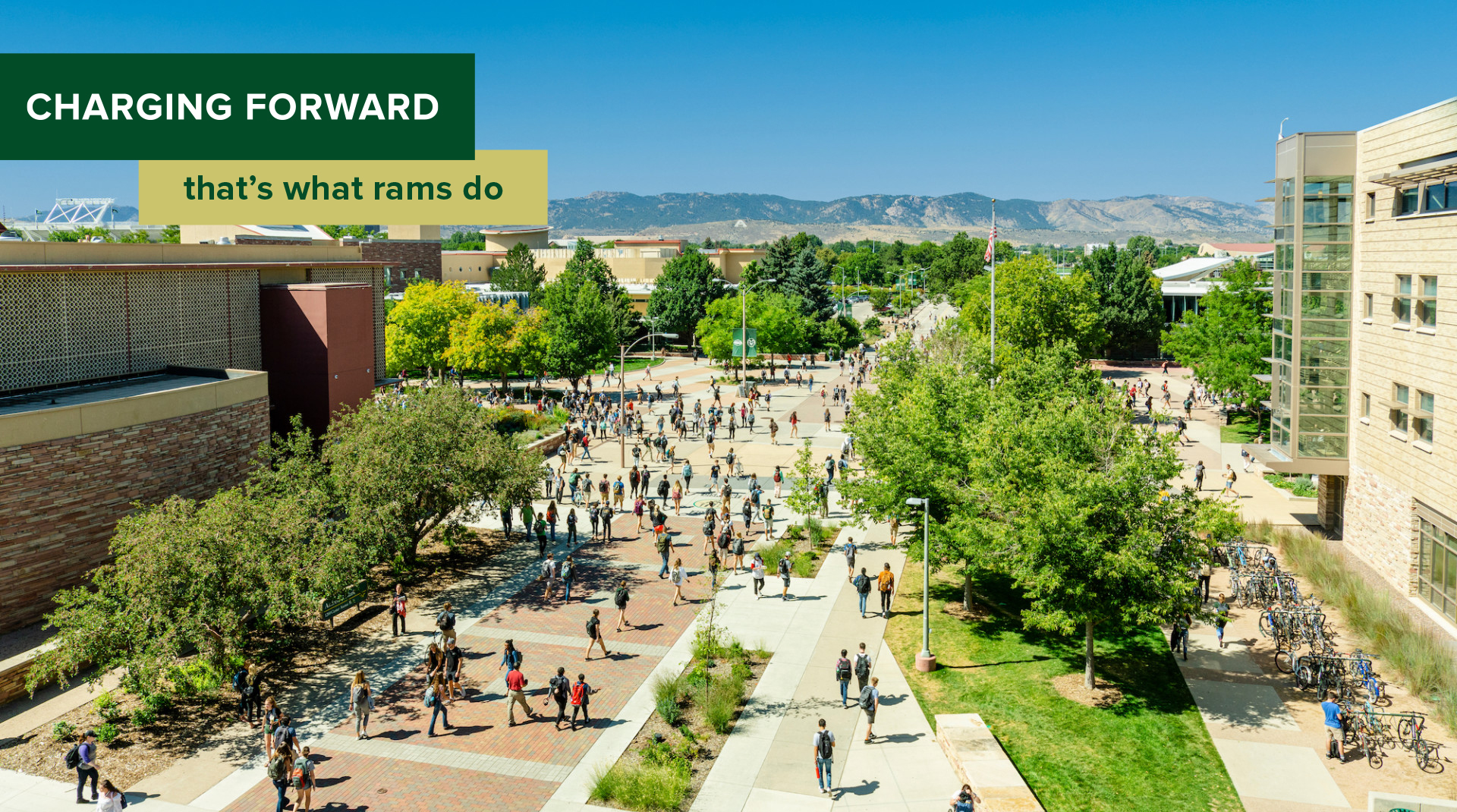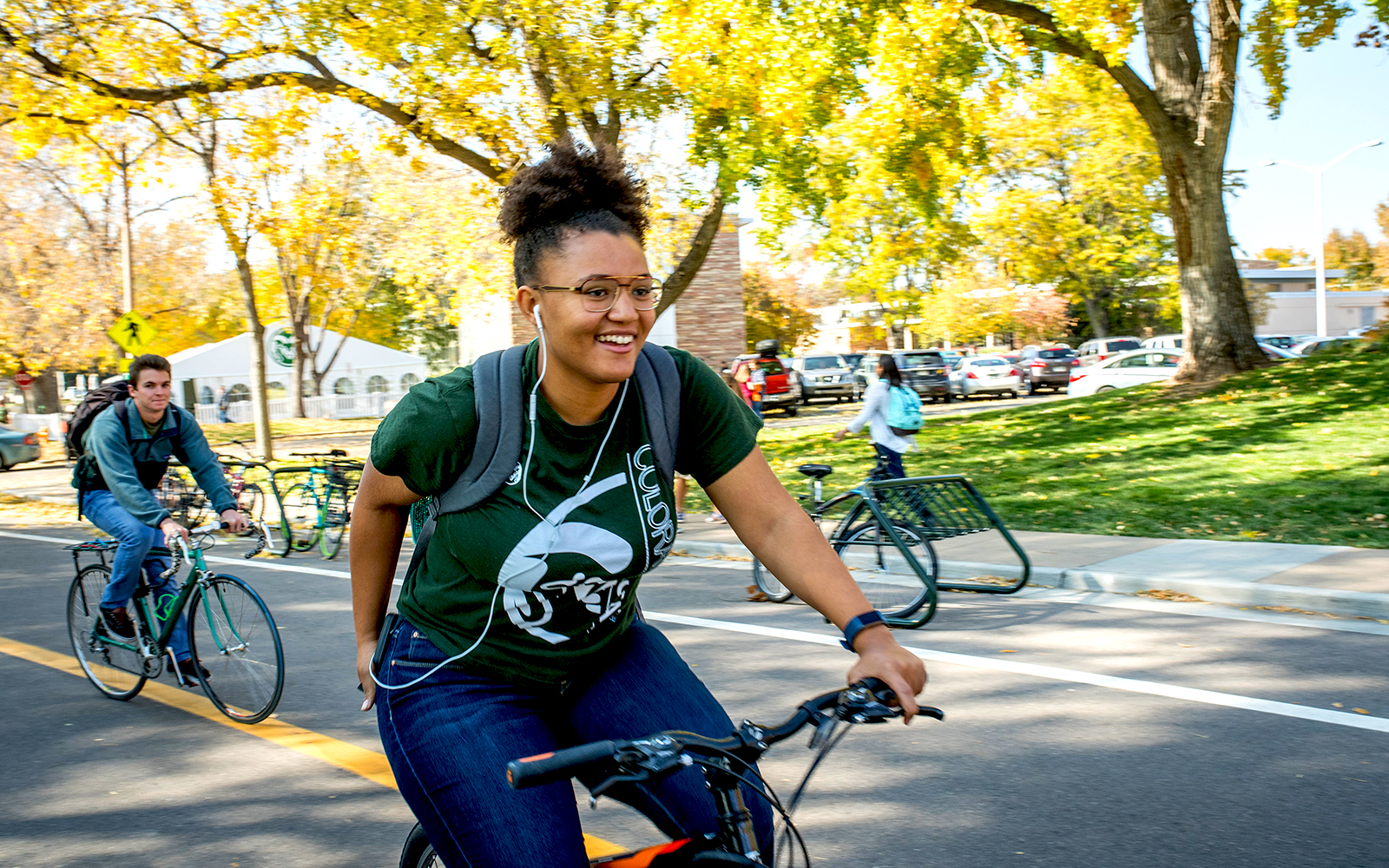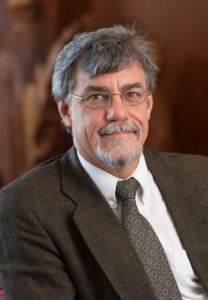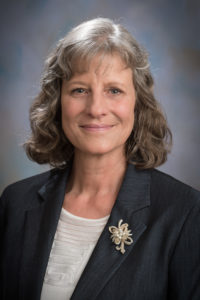
Charging forward. That’s what Rams do, and that’s the theme as Colorado State University prepares for a Fall 2021 semester that will feature in-person experiences and a vibrant college life in the wake of the COVID-19 pandemic.
It’s a welcome sign for prospective students, incoming freshmen and returning students, as well as the faculty and staff who have continued to support education and research in innovative ways. CSU leaders are optimistic that when the semester begins in August, it will be much closer to the campus experience before the March 2020 pivot to teaching, learning and working remotely.
It will also cap off a remarkable response to the pandemic, one in which faculty, staff and students showed incredible resourcefulness and resilience, whether it was in research, supporting students’ evolving needs, or complying with health protocols to protect the Ram community.
When the CSU System decided this spring that vaccines would be required for all students and employees, Provost and Executive Vice President Mary Pedersen announced that the University would be moving the vast majority of course sections to a face-to-face format in the fall, and that CSU would be resuming full in-person operations.
“Since the decision to move most classes to in-person, the Office of the Registrar has worked with our colleges and academic departments to add nearly 98,000 face-to-face seats to the Fall 2021 class schedule,” Pedersen said. “It’s been a remarkable effort, expedited strategically and thoughtfully to ensure we can still meet students wherever they are and support them with the learning opportunities they need.”

New opportunities
Ben Withers, dean of the College of Liberal Arts, sees the resumption of in-person learning not as a return to the status quo, but as a future that’s full of new opportunities informed by the pandemic.
“We did learn many good things, and we want to continue them,” he said. “It’s not a matter of falling back into old patterns. I think we’re well-positioned here because we can lean back on those experiences. We can reflect on the last year but be forward-thinking about it and not just step back to the way it was in 2019.”

Kelly Long, vice provost for undergraduate affairs, agreed that the pandemic strengthened awareness of the range of tools and methods that can be used in teaching.
“We’re prepared to offer students a rich, on-campus learning experience that incorporates some of the best gleanings from the pandemic,” she said. “For example, our faculty undertook hours and hours of professional development to help them address hybrid learning potentials, focus on inclusive engagement and do more active learning in all classroom environments. Faculty will be pulling that forward in their teaching.”
Long added, “During the pandemic, we did precisely what an institution of higher education is intended and formed to do, and that has better prepared us to address learning needs across the board, for students, our employees and our communities.”
Withers said COVID has helped the University better understand that “one size fits all” for academic instruction is an outdated approach.
“The faculty have learned that different modalities of teaching and learning can be useful for different students and different contexts,” he said. “It’s not that everyone has to walk into a 250-person classroom in the Clark Building and learn the same way. We can have digital activities and other elements that make that 250-person class seem smaller, and more effective, more flexible, more innovative.”

In-person events
In addition to classroom experiences, student life will provide more in-person opportunities for engagement and to build relationships. The Student Recreation Center is expected to be at full in-person capacity, and intramural and club sports will be restored as well. Housing & Dining Services will provide in-person community development and student learning initiatives, and there will be expanded sit-down dining options across campus, including at the Lory Student Center. There will be more in-person events across the University, including with student organizations, cultural and resource centers, and campus activities.
“It goes to the heart of why we have a physical campus,” said Withers. “I hope we never take that for granted again. We know how valuable it is because it was taken away.”
Long added that something else that goes to the heart of CSU is how units across the university rallied and collaborated in groundbreaking ways to carry the community through the pandemic and get ready for an exciting restart this fall.
“We brought people together from different divisions of our campus who perhaps had never worked as closely together as they did during this time, to be an institution ready to serve 21st-century learning needs,” Long said. “That, to me, is why we have this amazing potential to move forward, and our students have been an integral part of that. I’ll never again walk across this campus unaware of the teamwork that exists to make a vibrant learning environment possible.”
Charging forward. That’s what Rams do.